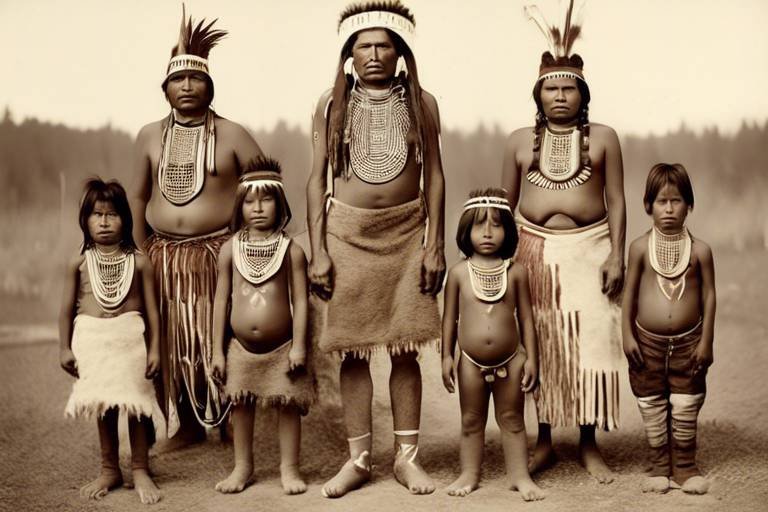The Role of Art in Ancient Egypt
Art in ancient Egypt played a multifaceted role that extended beyond mere aesthetics. It was deeply intertwined with the religious, cultural, and political aspects of society, reflecting the beliefs and values of the ancient Egyptians. Through intricate artworks, the ancient Egyptians conveyed their reverence for the divine, their fascination with the afterlife, and their veneration for the pharaohs.
Ancient Egyptian art was not just about creating visually appealing pieces; it served a higher purpose of embodying religious symbolism. From elaborate depictions of gods and goddesses to scenes of pharaohs engaging in religious ceremonies, art was a powerful medium through which the Egyptians expressed their spiritual beliefs and practices.
One of the most prominent uses of art in ancient Egypt was in funerary contexts. Tombs were adorned with elaborate wall paintings and sculptures, each laden with symbolic meanings aimed at guiding the deceased on their journey to the afterlife. These artworks served as a bridge between the earthly realm and the divine realm, ensuring the continuity of the soul beyond death.
A key theme in ancient Egyptian art was the depiction of the afterlife. Through intricate paintings and inscriptions, artists illustrated the soul's journey through the underworld, emphasizing the importance of proper burial rituals and the preservation of the deceased's identity for eternity.
Ancient Egyptian artists employed a variety of techniques and materials to create their masterpieces. From the use of vibrant pigments to intricate hieroglyphs, each artistic element was carefully chosen to convey specific meanings and narratives. Sculptures and statues played a crucial role in representing deities, pharaohs, and nobility, immortalizing their subjects in stone for eternity.
The symbolism of colors in ancient Egyptian art was profound, with each hue carrying specific associations and meanings. For example, blue symbolized the sky and the Nile, while gold represented the sun god Ra and the eternal nature of divinity. These color choices were not arbitrary but held deep religious and cultural significance.
Ancient Egyptian art has left a lasting legacy that continues to influence art and culture to this day. Its timeless appeal and enduring beauty have inspired artists across centuries and continents, shaping artistic traditions and sparking the imagination of people worldwide.

Religious Symbolism in Art
In ancient Egypt, art was not merely a form of expression but a deeply ingrained aspect of religious beliefs and practices. The artistic representations of gods, pharaohs, and religious ceremonies served a dual purpose of honoring the divine and communicating with the spiritual realm. Through intricate paintings, sculptures, and hieroglyphs, ancient Egyptian artists conveyed the essence of their religious beliefs, creating a visual language that transcended the physical world.
One of the most striking features of ancient Egyptian art is the prevalence of religious symbolism. Every figure, every color, and every symbol held a specific meaning tied to the spiritual realm. For example, the color blue was often associated with the sky and the afterlife, while gold symbolized the sun god Ra. These symbols were not just decorative elements but held profound significance in the religious context of ancient Egyptian society.
Moreover, the art of ancient Egypt played a crucial role in religious ceremonies and rituals. From the intricate depictions of gods and goddesses on temple walls to the elaborate statues adorning sacred spaces, art served as a bridge between the earthly realm and the divine. The meticulous attention to detail in these artworks reflected the reverence and devotion the ancient Egyptians held for their gods and the spiritual world.
Through art, the ancient Egyptians sought to immortalize their religious beliefs and ensure the eternal preservation of their culture. The intricate hieroglyphs and inscriptions found in temples and tombs not only told stories of the past but also conveyed sacred texts and rituals essential for the journey to the afterlife. Each piece of art was imbued with spiritual significance, serving as a tangible link between the mortal world and the realm of the gods.

Funerary Art and Tombs
Funerary art and tombs held a profound significance in ancient Egyptian culture, serving as a gateway to the afterlife for the deceased. The elaborate wall paintings and sculptures found in tombs were not merely decorative but were believed to assist the departed on their journey to the next world. These artworks often depicted scenes of daily life, religious rituals, and mythological stories, providing a visual guide for the soul in the afterlife.
A key aspect of funerary art was the portrayal of the deceased and their family members, showcasing their status and achievements in life. The tombs of pharaohs and nobles were particularly lavish, filled with intricate carvings and colorful paintings that reflected their wealth and power. These artistic representations were intended to ensure the eternal well-being of the deceased and to honor their memory for generations to come.
Symbolism played a crucial role in funerary art, with certain images and motifs carrying specific meanings related to the afterlife. For example, the use of the Ankh symbol, representing life, or the Eye of Horus, symbolizing protection, were common in tomb decorations. Colors also held symbolic significance, with blue symbolizing the sky and the Nile, while gold represented the sun and the gods.
Ancient Egyptian tombs were not just places of burial but were considered sacred spaces where the living could communicate with the deceased. The elaborate funerary rituals and offerings performed in and around the tombs were essential for ensuring the continued existence of the soul in the afterlife. The intricate art found in these tombs served as a powerful connection between the living and the dead, bridging the gap between this world and the next.
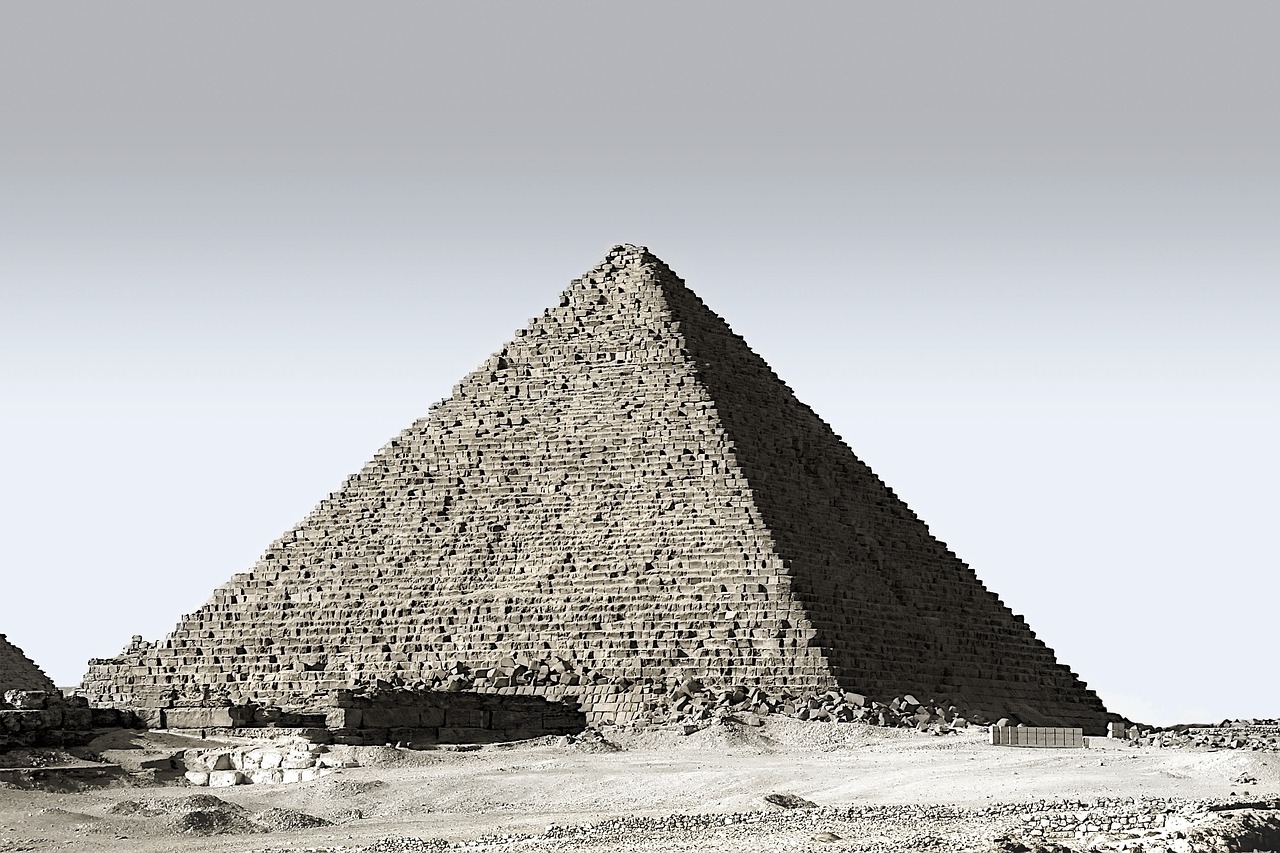
Depictions of the Afterlife
Exploring the significance of art in ancient Egyptian society, including its religious, cultural, and political implications, as well as the techniques and materials used by ancient Egyptian artists.
Artistic representations of gods, pharaohs, and religious ceremonies in ancient Egypt, showcasing how art was intertwined with religious beliefs and practices.
The purpose and symbolism of art in ancient Egyptian tombs, such as the elaborate wall paintings and sculptures meant to guide the deceased in the afterlife.
Depictions of the afterlife in ancient Egyptian art served as a window into the beliefs and rituals surrounding death. These artworks portrayed the journey of the deceased through the underworld, encountering various challenges and trials before reaching the ultimate destination. The concept of the afterlife was central to Egyptian culture, and art played a crucial role in illustrating the complex process of transitioning from earthly life to the eternal realm. Scenes of judgment, rebirth, and reunification with loved ones were commonly depicted in tombs and funerary objects, offering a glimpse into the spiritual beliefs and practices of the ancient Egyptians.
An examination of the tools, pigments, and methods used by ancient Egyptian artists to create their intricate and enduring works of art.
The use of hieroglyphs and inscriptions in ancient Egyptian art to convey stories, historical events, and religious texts.
The significance of statues and sculptures in ancient Egyptian art, including their role in representing deities, pharaohs, and nobility.
The symbolic meanings attached to different colors used in ancient Egyptian art, such as the associations of blue with the sky and gold with the sun god Ra.
Exploring how ancient Egyptian art has influenced later artistic traditions and continues to captivate and inspire people around the world today.
Stay tuned for the FAQ section coming soon!
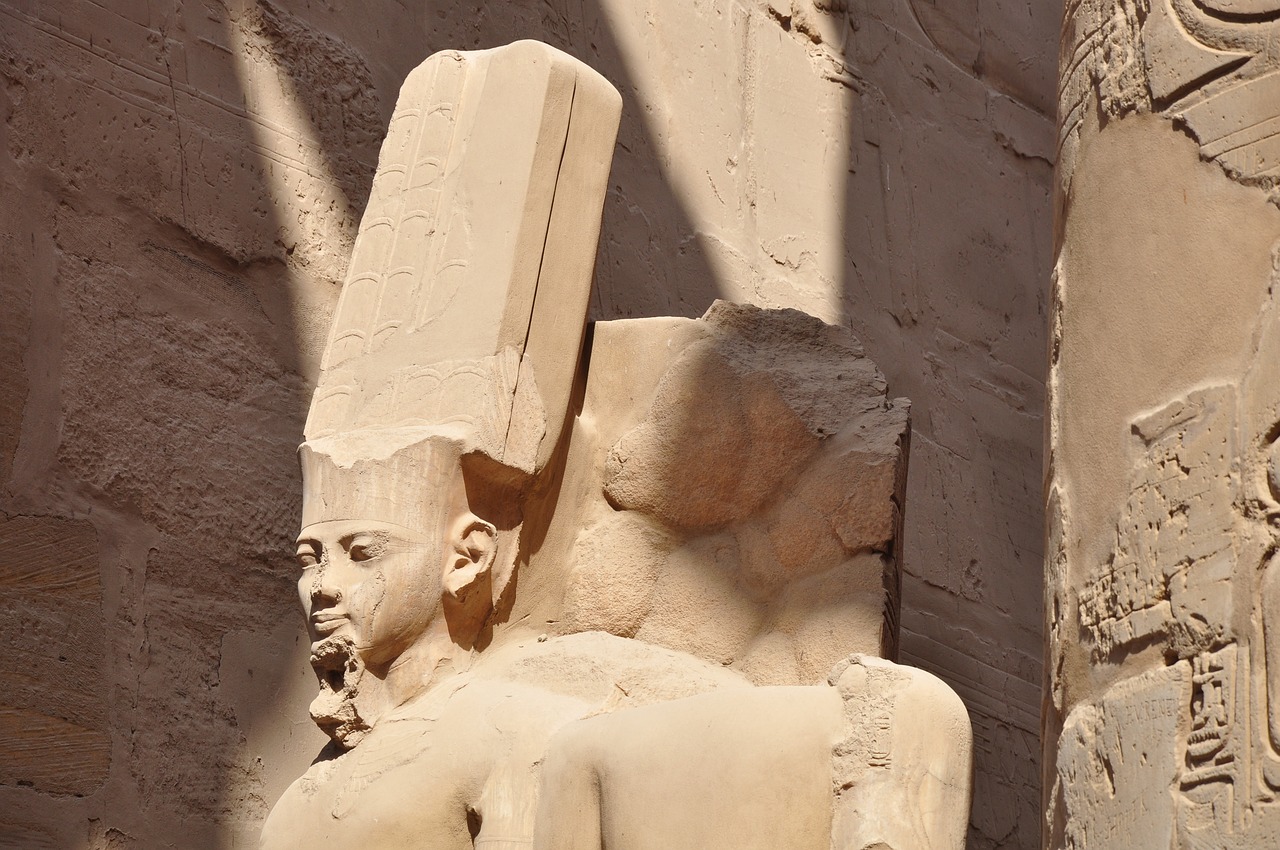
Artistic Techniques and Materials
Artistic techniques and materials played a crucial role in shaping the magnificent artworks of ancient Egypt. The skilled artisans of this civilization utilized a variety of tools and materials to create enduring pieces that continue to fascinate us today. One of the most iconic techniques used by ancient Egyptian artists was the intricate process of painting on papyrus. This delicate material required meticulous attention to detail and precision, resulting in vibrant and detailed paintings that adorned temples and tombs alike.
In addition to painting, ancient Egyptian artists were adept at sculpting intricate statues and reliefs from materials such as limestone, granite, and basalt. These sculptures served as powerful representations of gods, pharaohs, and nobility, capturing the essence of divine and earthly figures with remarkable skill and artistry. The use of chisels, hammers, and other sculpting tools allowed artisans to bring these stone figures to life, showcasing their mastery of form and proportion.
Furthermore, the vibrant colors used in ancient Egyptian art were derived from a range of natural pigments such as ochre, malachite, and lapis lazuli. Each color held symbolic significance, with red representing life and vitality, while green symbolized rebirth and regeneration. The meticulous application of these pigments using brushes made from reeds or animal hair resulted in richly colored artworks that have stood the test of time.
Another distinctive feature of ancient Egyptian art was the use of hieroglyphs and inscriptions to convey narratives, historical events, and religious texts. These intricate symbols were meticulously carved or painted onto temple walls and tombs, providing a glimpse into the beliefs and practices of this ancient civilization. The combination of visual artistry and written language created a powerful means of communication that continues to intrigue scholars and enthusiasts alike.
Overall, the artistic techniques and materials employed by ancient Egyptian artists were integral to the creation of their enduring masterpieces. From the meticulous process of painting on papyrus to the sculpting of intricate statues and the symbolic use of colors, each element contributed to the rich tapestry of art that defines this remarkable civilization.
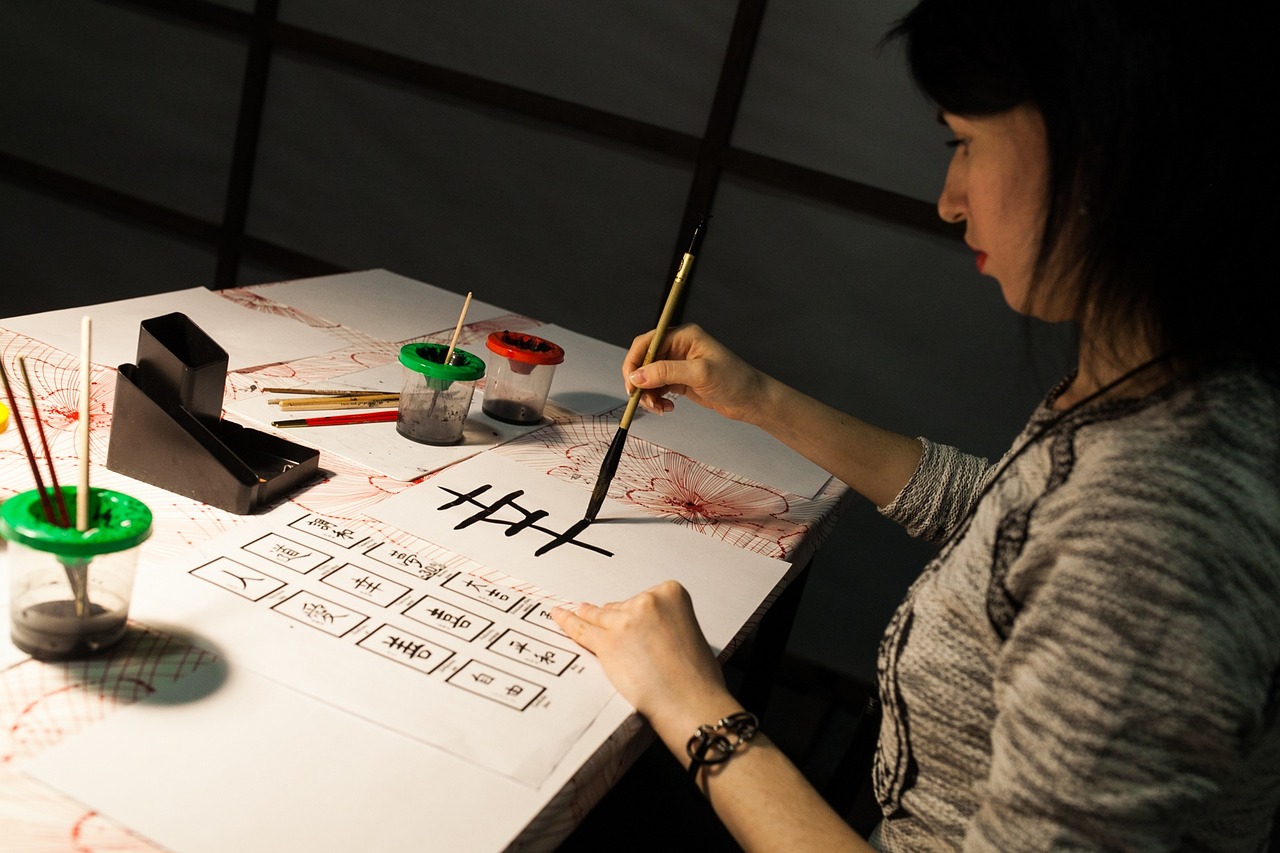
Hieroglyphs and Inscriptions
One of the most distinctive features of ancient Egyptian art is the use of hieroglyphs and inscriptions to convey meaning and tell stories. Hieroglyphs were a form of writing that consisted of pictorial symbols representing objects, sounds, or ideas. These intricate symbols were often carved or painted onto temple walls, tombs, and other monuments, serving as a means of communication and record-keeping for the ancient Egyptians.
The inscriptions found in ancient Egyptian art were not merely decorative but held significant religious and historical importance. They were used to document religious texts, royal decrees, and the accomplishments of pharaohs. These inscriptions provided insight into the beliefs, rituals, and events of ancient Egyptian society, offering a glimpse into their rich cultural heritage.
Moreover, hieroglyphs and inscriptions were carefully crafted to ensure clarity and permanence. Ancient Egyptian scribes were highly skilled in the art of writing and took great care in the execution of these intricate symbols. The use of hieroglyphs in art served to immortalize the words and stories they represented, ensuring that they would endure for eternity.

Statuary and Sculpture
Statuary and sculpture played a crucial role in ancient Egyptian art, serving as powerful representations of deities, pharaohs, and nobility. These intricate sculptures were not merely decorative but held deep symbolic significance in Egyptian society. The statues of gods and pharaohs were believed to embody divine power and were essential in religious ceremonies and rituals. Crafted with meticulous detail, these sculptures were meant to immortalize the subject and ensure their presence in the afterlife.
Ancient Egyptian sculptors utilized a variety of materials, with the most common being limestone, granite, and basalt. The choice of material often depended on the intended purpose of the sculpture, with harder stones reserved for more important figures. Sculptors employed a range of tools, including chisels, mallets, and abrasive materials, to carve and shape the stone into lifelike representations of their subjects.
One of the most iconic examples of ancient Egyptian statuary is the Great Sphinx of Giza, a colossal limestone statue with the body of a lion and the head of a pharaoh. This monumental sculpture, believed to represent the pharaoh Khafre, showcases the mastery of ancient Egyptian sculptors in creating larger-than-life works of art that endure to this day.
The symbolism embedded in Egyptian statues and sculptures extended to the colors used in their decoration. Different hues carried specific meanings, such as blue symbolizing the sky and the Nile, while gold represented the sun god Ra and eternal life. These symbolic colors were carefully chosen and applied to enhance the spiritual and divine qualities of the sculptures.
Ancient Egyptian statuary and sculpture not only served as artistic expressions but also as powerful tools for conveying religious beliefs, political authority, and cultural values. The enduring legacy of these remarkable artworks continues to fascinate and inspire people worldwide, offering a glimpse into the rich and complex world of ancient Egyptian civilization.
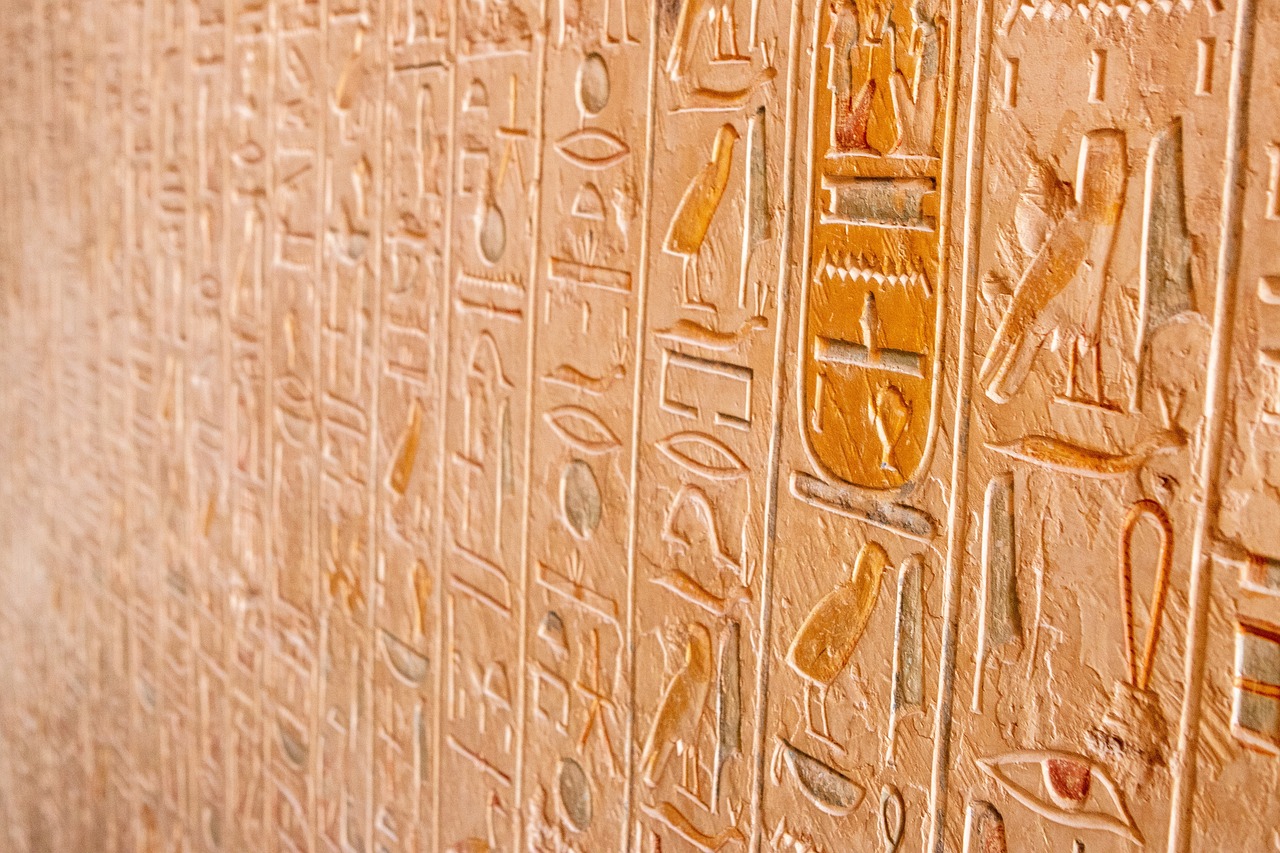
Symbolism of Colors
In ancient Egyptian art, colors held significant symbolic meanings, adding layers of depth and significance to the artwork. The choice of colors was not arbitrary but carefully selected to convey specific messages and represent various aspects of Egyptian culture and beliefs.
One of the most prominent colors used in ancient Egyptian art was blue, symbolizing the heavens and eternity. Blue was associated with the sky and the Nile River, representing life and rebirth. It was often used to depict the skin of gods and goddesses, emphasizing their divine nature.
Gold held great importance in Egyptian art, symbolizing the sun god Ra and the concept of imperishability. The radiant and lustrous quality of gold reflected the eternal nature of the gods and the pharaohs, highlighting their divine status and power.
Green was another color with symbolic significance, representing regeneration and rebirth. It was associated with vegetation, growth, and fertility, reflecting the cyclical nature of life and the promise of renewal after death.
Red was a color linked to vitality, energy, and life force in ancient Egyptian art. It symbolized blood, fire, and the creative power of the sun. Red was often used in depictions of the god of chaos, Seth, as well as in protective amulets and funerary rituals.
Black was a color of mystery and regeneration in Egyptian art, symbolizing death and the fertile soil of the Nile floodplain. It represented the underworld, the realm of the dead, and the potential for new life to emerge from the darkness.
By understanding the symbolism of colors in ancient Egyptian art, we gain insight into the rich tapestry of meanings woven into every artistic creation, offering a glimpse into the profound beliefs and cultural values of this ancient civilization.

Artistic Legacy and Influence
Exploring the significance of art in ancient Egyptian society, including its religious, cultural, and political implications, as well as the techniques and materials used by ancient Egyptian artists.
Ancient Egyptian art holds a timeless allure that transcends the boundaries of time and geography. Its legacy continues to influence and inspire artists, historians, and admirers worldwide. The intricate hieroglyphs, majestic statues, and vibrant paintings of ancient Egypt have left an indelible mark on the artistic landscape of the world.
The artistic achievements of ancient Egypt have served as a wellspring of inspiration for countless generations of artists. From the majestic pyramids to the exquisite jewelry found in tombs, the art of ancient Egypt continues to captivate the imagination and fuel creativity.
Not only has ancient Egyptian art influenced subsequent artistic traditions, but it has also played a crucial role in shaping our understanding of history and culture. The detailed depictions of daily life, religious beliefs, and mythological stories in Egyptian art provide valuable insights into the civilization that created them.
Moreover, the enduring legacy of ancient Egyptian art can be seen in modern art forms, architecture, and design. The use of symbolic imagery, intricate patterns, and rich colors reminiscent of Egyptian art can be found in contemporary art, fashion, and graphic design.
As we continue to uncover and study the art of ancient Egypt, we gain a deeper appreciation for the creativity, skill, and ingenuity of the artists who crafted these masterpieces. Their legacy lives on, inspiring us to explore the depths of our own creativity and imagination.
Frequently Asked Questions
- What role did art play in ancient Egyptian society?
Art held immense significance in ancient Egypt, serving as a means to express religious beliefs, cultural values, and political power. It was intricately woven into every aspect of daily life, from religious ceremonies to funerary practices.
- How did ancient Egyptian art reflect religious beliefs?
Ancient Egyptian art often depicted gods, pharaohs, and scenes from religious ceremonies, showcasing the deep connection between art and religion. The intricate hieroglyphs and symbolic use of colors in art conveyed spiritual concepts and beliefs.
- What was the purpose of funerary art in ancient Egypt?
Funerary art in ancient Egypt served the purpose of guiding the deceased in the afterlife. Elaborate wall paintings, sculptures, and inscriptions in tombs depicted scenes from the journey to the afterlife and helped ensure the preservation of the soul for eternity.
- How did ancient Egyptian artists create their works?
Ancient Egyptian artists utilized various techniques and materials, including tools like chisels and pigments made from natural sources. They employed meticulous craftsmanship to create enduring statues, sculptures, and paintings that continue to captivate audiences today.
- What is the legacy of ancient Egyptian art?
Ancient Egyptian art has had a profound influence on later artistic traditions and continues to inspire artists and viewers worldwide. Its symbolic use of colors, intricate hieroglyphs, and representations of deities have left a lasting legacy in the art world.


















